I had been really looking forward to visiting Northland after a cold winter travelling throughout New Zealand and it was as beautiful, warm and scenic as we had both hoped for. Our first stop was Tutukaka for a dive centre lecture at Dive Tutukaka. The event went well despite a technical hitch at the start – we are well used to those by now!
Dive Tutukaka is in an awesome location right next to Tutukaka marina and is one of the most professional and well equipped dive centres I have seen in all of our travels overseas. The centre provides guests with diving excursions to local dive sites and also the world famous Poor Knights marine reserve. The Poor Knights area is considered some of the world’s best diving and Dive Tutukaka offered us a day of diving after our event. To say we were excited to be getting back in the water was an understatement and we were looking forward to returning for a dive the following week.
We spent the next few days exploring the local coastline and stayed at a beautiful rural home near Ngunguru with our friend from Seafanz Underwater Photographic Society Colin Gans. We are giving a talk for this club in September and Colin invited us to stay at his property whilst we were visiting Northland. We had a great weekend with Colin and his Blue Heeler dog Inja. The property itself is tucked away on a hilltop and is surrounded by native bush and ocean views. It was quite the bumpy drive up there on unsealed rural roads in Bertha but we made it. The peace was wonderful and we all enjoyed a chance to relax and experience the local bush walks.
We went to watch the local dragon boat racing at Tutukaka during the weekend and spent our evenings trying to listen for North Island Brown Kiwi. Nicholas and I were not great at spotting their calls but Colin gave us a demonstration of how they sound and on the last night we identified a male and female kiwi calling from the bush. It was awesome to finally hear them!
We were up early on our last morning with Colin and ready for diving at Tutukaka. Sadly my old scuba diving fears had resurfaced with a vengeance (perhaps from being out of the water for so long?) and I realised it just wasn’t my day to get in the water. As much as I wanted to dive, I recognise when the fear is too great to overcome on certain days and so I decided to give myself an easy time of it. We began to drive Bertha up the steep grass driveway as we waved goodbye to Colin but she got stuck and kept wheel spinning. That was not what we needed at 7:30am when we were supposed to be going to the dive centre for an 8am start. Colin gave us some great advice… give yourself a run up and don’t go above second gear – keep on the gas as hard as you can! Nicholas did just that and had a great time flying up the grass driveway with Bertha’s rear end veering all over the place whilst I held on to the seat with my eyes closed. It was certainly a unique and adrenaline-filled start to the day.
Nicholas had a fantastic day at the Poor Knights Islands and you can read all about it in his blog of the trip. It is fair to say the conditions were perfect and he had one of the best diving days of his life.
I had an easy day of relaxing in the sunshine and even spotted a huge stingray at Tutkaka marina – who said you need to get in the water to see marine life?
After a great time at Tutukaka and Ngunguru we were reluctant to leave but had already agreed we would get some miles under our belt and drive to the very top of the North Island. Having driven to the very bottom of New Zealand months previously we felt it was necessary to also reach the top. The sunshine and warmth of Northland was lovely, especially given it was mid-winter, and we stopped at Paihia Falls Motel & Waterfront Campground on our way north. This peaceful campsite was adjacent to a waterfall and made a great base for the night. By far our favourite part of the drive northward was when we finally arrived at Spirits Bay. This stunning bay and DOC campsite are located at the very top of New Zealand and are tucked away down a winding, unsealed drive through native bush. The turquoise shades of the ocean and pink-tinged sand were very vivid and we had the beach to ourselves most of the time. It is by far my favourite campsite we have had the pleasure of visiting and I stood on the sand recalling just how far we have come during this tour; both literally and in terms of how Friends for Sharks has grown.
After a restful night it was time to head southward to Leigh for our next event. That is a very long drive and so we broke it up with a visit to Ninety Mile beach and an overnight stop at Waipoua Forest. We also bought fifteen avocados for $6 from an honesty box on the way – such a bargain and a treat for us.
Waipoua Forest is known as the best place to see the magnificent Kauri trees of New Zealand. These trees are the giants of the forests and are becoming increasingly endangered due to Kauri Dieback Disease. The trees also have an incredibly sensitive root system and walking across the area of their roots can kill the trees. Kauri Dieback has no cure and is easily spread by walkers through poor footwear hygiene and tramping across Kauri root systems. DOC and other organisations, such as Forest and Bird, are working hard to stop the spread of Dieback before it is too late.
‘For the past 30 years, the disease has existed on Great Barrier island off the coast of Auckland. However it has recently spread to the mainland, and can now be found in Auckland, Northland and the Coromandel’.
I wasn’t sure what to expect from the Kauri trees, in terms of their size, and they were enormous. Te Matua Ngahere is the Father of the Forest and holds spiritual significance for Maori people. This tree has a girth of just over 16m and is thought to be over 2000 years old. It is the second largest living Kauri tree in New Zealand and stands proud in Waipoua Forest. It was humbling to stand near such a giant and consider the changes it has witnessed in its lifetime.
After leaving the forest we drove to Kai Iwi lakes for a brief lunch stop and then continued onward to Leigh, where we met with our lovely host Marea Goode and her dog Moose. We had a peaceful time by the water at their home and I really enjoyed our event the next day at Goat Island Marine Discovery Centre. Goat Island is New Zealand’s first marine reserve and the centre is a great introduction to the life found within the reserve. It is well worth a visit if you’re in the Auckland area. Our audience at the centre consisted of a mixture of academics and Auckland University students and I particularly enjoyed their questions afterwards. The students were keen to discover how to begin a career in marine conservation and it was such a pleasure to encourage them and share our knowledge.
With that event completed, our tour of Northland was over and we began the short drive back to Auckland. We stopped at Orewa beach for lunch and were just enjoying a peaceful time watching the waves and rain when suddenly Bertha shunted backwards. Much to our surprise, a campervan had managed to reverse into us at the beach car park and had damaged one of Bertha’s headlights and dented her bonnet. We were somewhat gutted after almost six months of incident free travel in our campervan and are hoping the insurance claim will be successful. Thankfully good old Bertha is currently being repaired in Auckland and will live to drive another day. The team at Wendekreisen Travel Ltd know us well and were very helpful as always with our enquiries. Thank you Wendekreisen!
We are in Auckland for two weeks now and are being hosted by a lovely family whilst we complete our nine remaining shark conservation events and say goodbye to New Zealand. We also have our residency interview on 8th September at 10am, so please keep fingers crossed for us.

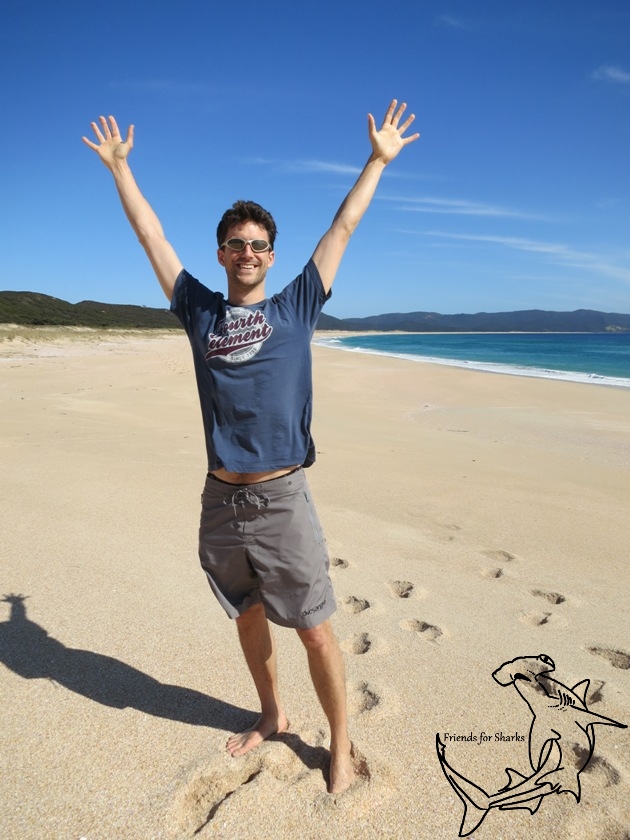
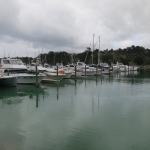
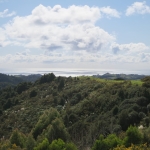
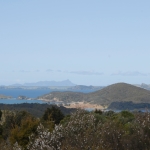
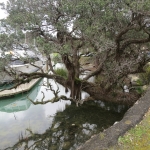
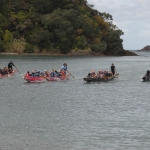
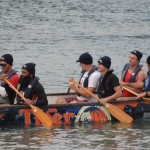
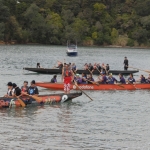
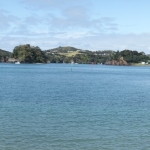
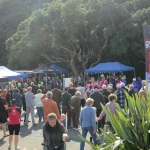
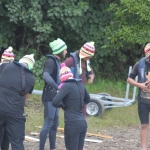
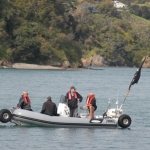
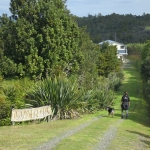
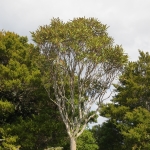
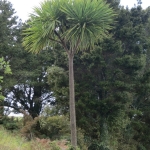
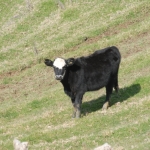
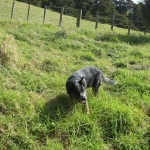
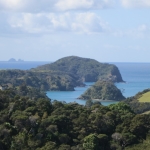
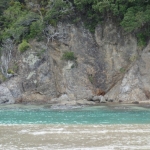
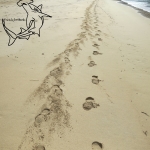
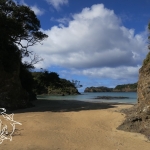
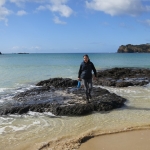
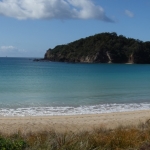
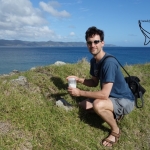
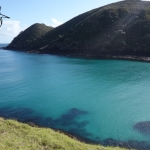
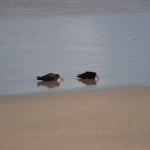
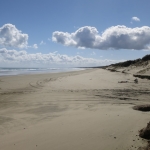
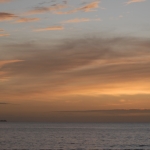
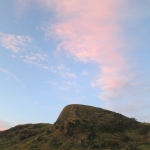
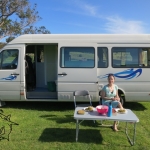
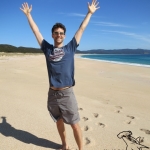
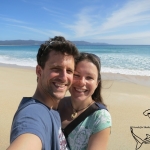
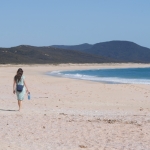
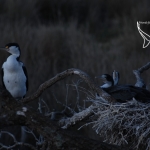
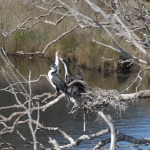
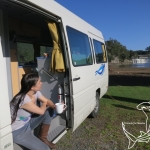
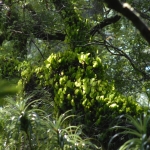
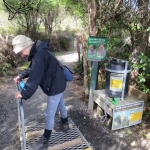
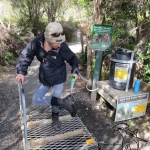
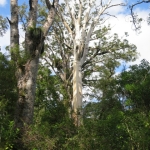
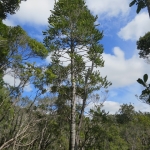
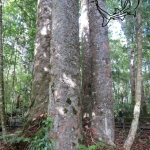
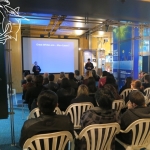
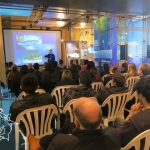
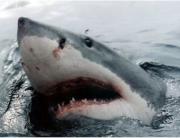
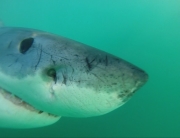
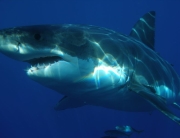
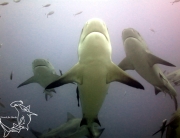
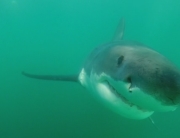










Follow Us